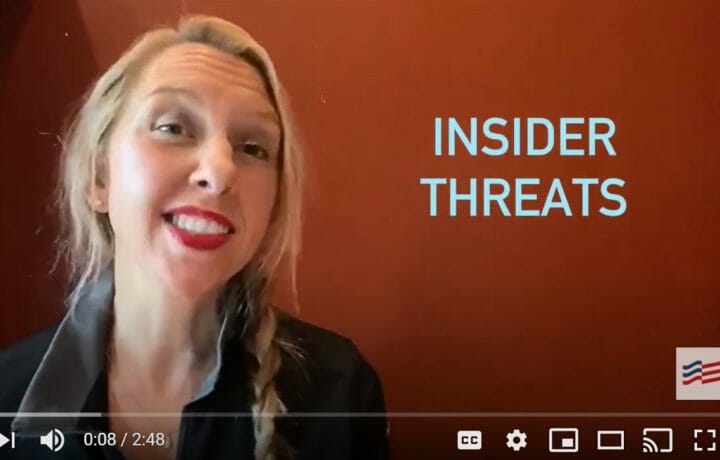What’s the cost of foreign espionage? Think tanks and government officials have pegged the number at between $500 billion and $1 trillion annually – a truly astronomic figure, and one that seems almost impossible until you stop to consider the depths foreign intelligence services will go to in stealing intellectual property, and the success they often have in doing so.
While we know the defense industry and intelligence community are under constant attack, commercial sector and university espionage have been heating up over the past several years. Last week Tesla confirmed an employee had been contacted by a Russian national who wanted to introduce malware into the company’s network. Russia was willing to pay out $1 million to the Tesla employee for carrying out the attack. The employee in question did the right thing immediately after he was contacted – he reached out to the FBI and worked with them to bring in the Russian agent.
Commercial Sector Under Attack
Companies like Tesla face economic espionage as significant and aggressive as what the federal government encounters. It’s no surprise a company like Tesla is under attack. According to the Director of National Intelligence’s Foreign Economic Espionage in Cyberspace Report, energy/alternative energy, biotechnology, defense technology, environmental protection, high-end manufacturing, information and communications technology, and are all primary sectors being attacked today.
Russia, China, and Iran typically top the list of countries aggressively pushing to target U.S. companies and intellectual property. Everything from agriculture to advanced IT – if you can steal it, you don’t have to create it. Insider threats are a key aspect of the strategy to target companies and government agencies. And it’s why the Telsa case is a great one to highlight – it shows how an insider can protect a company, not just be a threat. The Tesla insider didn’t just protect his own company, but helped the U.S. government find critical information about the procedures and tactics used by Russian intelligence for similar efforts.
As companies consider the risks of insider threats, it’s also worth considering the rewards of an educated insider. Whether your company does cleared work or is well established in the commercial sector, make sure employees know what economic espionage looks like, and how to report it.


